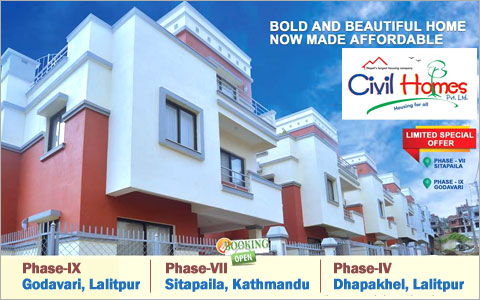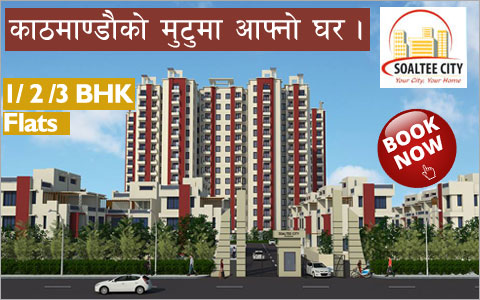National News

Cement - a key construction material -- has become costlier by an average of Rs 25 per sack (50 kg) over a weeks period.
Cement producers have attributed price surge to power cuts, rise in price of clinker and petroleum products, and upward revision in railway transportation cost in India.
Dhurba Thapa, vice president of Cement Producer's Association (CPA) and proprietor of Tej Cement, said price of cement has increased mainly due to rise in production cost. “Price of clinker and coal has increased by Rs 1,280 and Rs 2,500 per ton respectively. Also railway transportation cost has increased by 20 percent. This left us with no option than increase price in the domestic market,” Thapa said, adding: “Even after fresh hike, we are operating with very less profit margin.”
With the fresh adjustment in prices, cement is available in the market in range of Rs 575 to Rs 755 per sack, depending on brand and strength. Price of Tej cement has increased by Rs 20 per sack and has reached Rs 621 per sack and Ambe Cement by Rs 35 per sack to Rs 575 per sack.
Similarly, RMC Cement has become dearer by Rs 25 per sacks and reached Rs 650 per sack, Jagadamba Cement by Rs 20 per sack and reached Rs 690 and Ultra Cement by Rs 30 per sack and reached Rs 755 per sack.
Tej Bom, proprietor of Ambe Cement said producers were forced to increase cement prices despite low demand in the market. “We were forced to increase prices because price of all raw materials has increased,” said Bom.
At preset there are 36 cement manufacturing companies in the country and only six of them produce clinkers on their own.
As most of the companies import clinker from India, any change in its price in the southern neighbor affects cement prices in Nepal. Nepal is a huge importer of readymade Indian cement and clinker.
According to the association, annual demand for cement in Nepal hovers around 3 million tons. Nepali companies meet around 25 percent of the demand.
source:4 republica, 2012
- 9th Nepal Buildcon International Expo 2024
- Real Estate Expo 2023
- NRB raises housing loan limit to encourage home constructions
- Nepal Rastra Bank (NRB) Monetary Policy 2080-2081
- New Price of Land in Kathmandu Metropolitan City, Nepal
- Capital Gains Tax Rate on Real Estate Transactions in Nepal 2080-81 ( 2023/24 )
- Kathmandu metropolis implements free parking policy for commercial buildings and hospitals

![[X]](https://www.housingnepal.com/images/popup-close-button.png)













































































































































































































































































































































































 Facebook
Facebook
 Delicious
Delicious
 Digg
Digg
 Reddit
Reddit
 Stumble Upon
Stumble Upon









